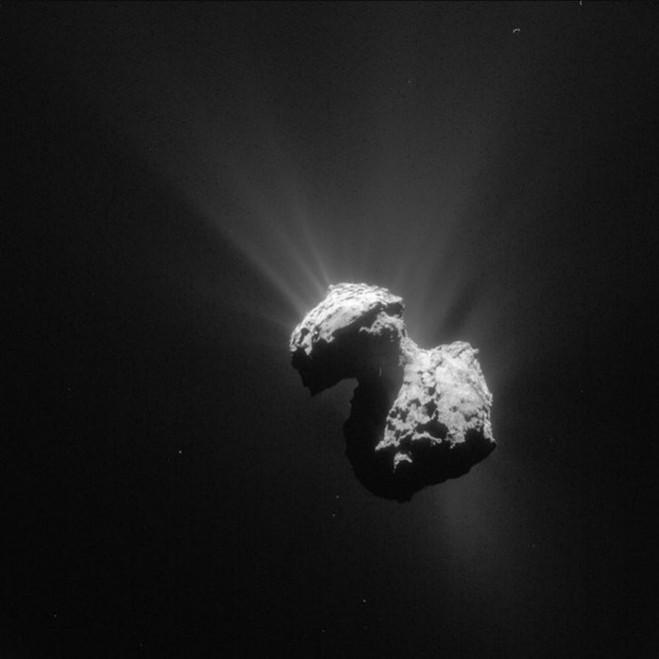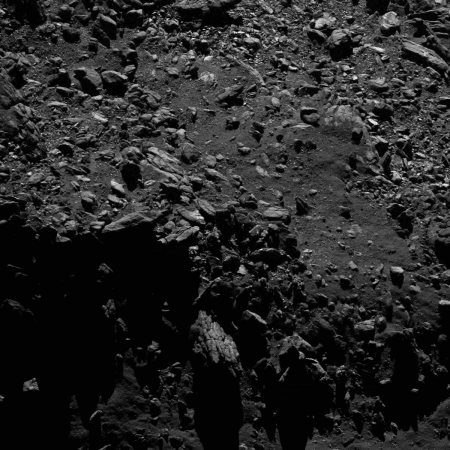
The Rosetta mission was the first successful landing and orbit of a comet ever and the European Space Agency (ESA) has finally made the entire collection of images and videos open to public viewing.
Launched in March 2004, the spacecraft Rosetta reached the orbit of Comet 67P/Churyumov-Gerasimenko, or 67P and collected data for almost 12 years. The mission ended in September 2016, and seeing from the footage it managed to relay back to Earth, it ended with quite a bang.
Rosetta's Philae lander crashed into the comet but was able to gather a lot of images and data from the celestial body's surface.
A report by the Inquisitr mentions that even as the spacecraft was dropping into the comet and terminating the mission as scheduled, the onboard equipment continued capturing images and transmit them till the very last minute until it went silent in September 2016.

The orbiting range for the lander during the mission was between 10 to 30 km. The main tool that Rosetta was equipped with to take pictures and shoot video was the Optical, Spectroscopic, and Infrared Remote Imaging System (OSIRIS).
The images and videos released by the ESA cover a time period between July 2016 to September 2016 when the mission ended.
Some of the most intense looking pictures include breathtaking views of comet 67P shows Rosetta's search for Philae, notes the report. The lander in 2014 became the first ever to touchdown on a comet, a celestial body which in itself was moving through space at a high speed.
One of the biggest surprises from the ESA archive was the reconstruction of the very last image that Rosetta was able to send back. The frame was not even initially recognisable as a photo, says the report.
It can be seen at the end of the video, this was the last OSIRIS image taken and was put together using packets of telemetry data that was found and it made up a partial image.
In the 12-year mission, OSIRIS and Rosetta sent captured and sent back over 100,000 images and videos. The video of a snowstorm on the comet even went viral a few months ago.

"The final set of images supplements the rich treasure chest of data that the scientific community are [sic] already delving into in order to really understand this comet from all perspectives... and to explore the role of comets in general in our ideas of solar system formation," said Matt Taylor, ESA's Rosetta project scientist.
There are certainly plenty of mysteries, and plenty still to discover."















